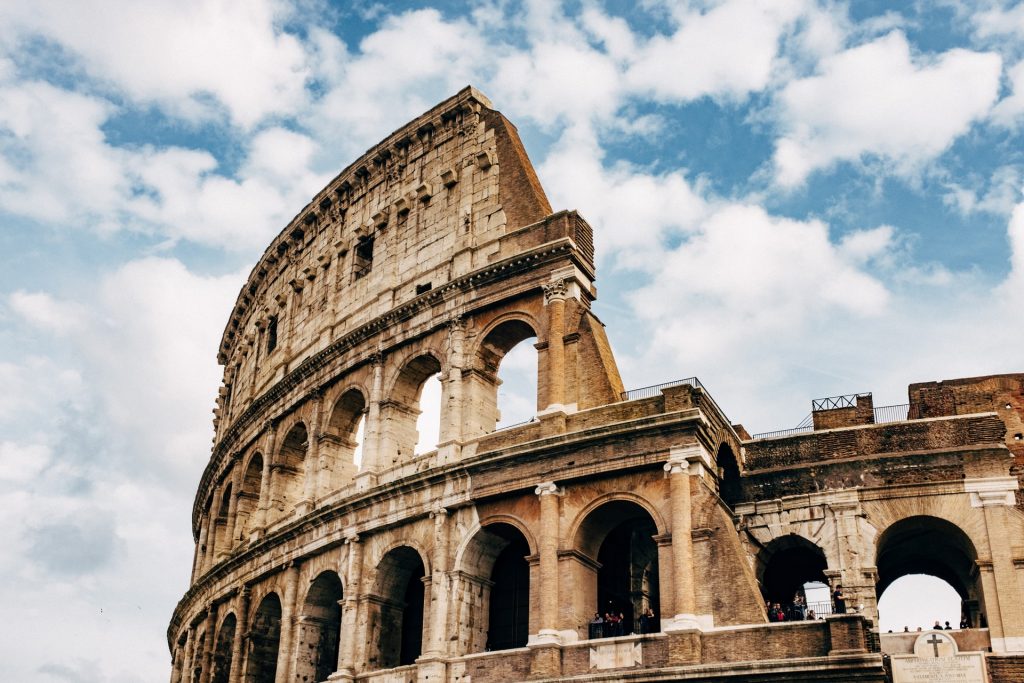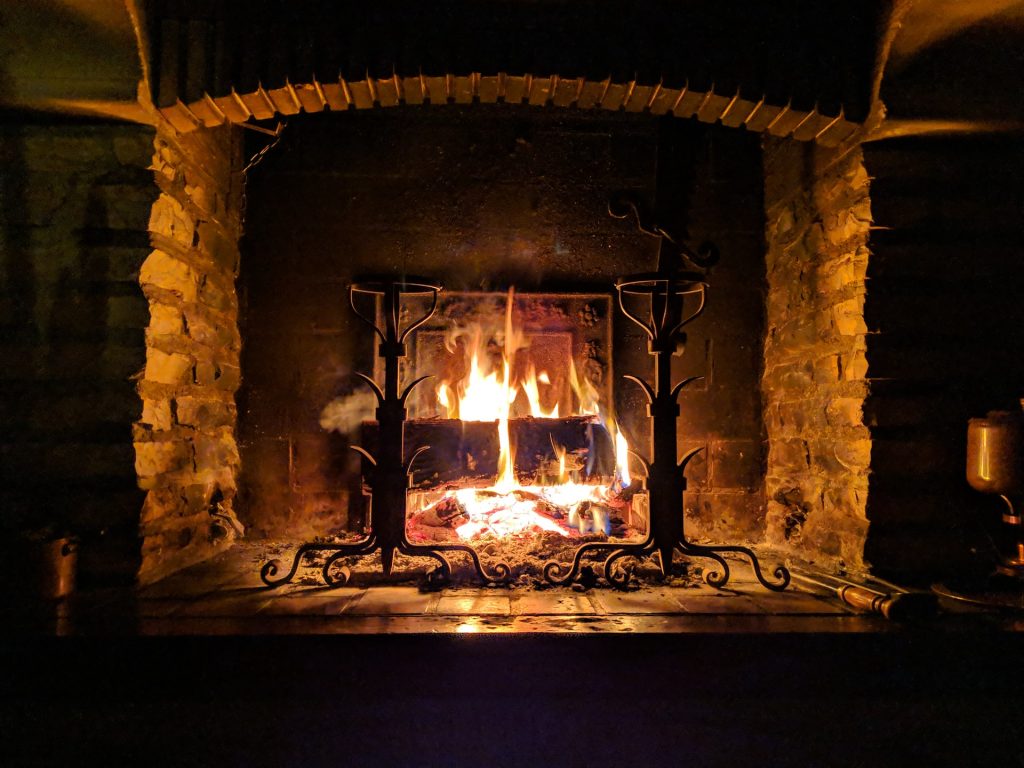- The history of central heating dates back to ancient civilizations like Ancient Korea, Ancient Greece, and Ancient Rome, where rudimentary systems were developed.
- The concept of central heating was largely forgotten after the fall of the Roman Empire, and fireplaces became the primary heating method across Europe.
- In the 18th and 19th centuries, there was a resurgence of interest in central heating systems, with developments such as William Strutt’s hot air system and James Watt’s steam-powered system.
- Central heating became more widespread in the 1830s, with the invention of more efficient hot water systems and the radiator by Franz San Galli in the late 1850s.
- Today, central heating is an integral part of modern living in the Western world, providing warmth, comfort, and health benefits during the cold months.
Food, shelter, warmth – these are the basics of human survival. As our civilisation has advanced, so have our approaches to getting the things we need.
No longer are we huddled around an open fire outside a cave.
These days we enjoy homes and workplaces kitted out with central heating – but how did we get to this point? Let’s take a look.
A Short History of Central Heating

The Ancient Peoples
Did you know the very first attempts of systems resembling central heating began in ancient civilisations?
In Ancient Korea, they developed the ongol, which was an underfloor heating system whereby smoke and heat from wood would be used to heat up the underside of a thick floor.
Examples of these ongols have been found in archaeological sites dating as far back as 5000 B.C.
On the other side of the planet, the Ancient Greeks were developing their own systems.
The Greeks would heat their temples with a fixed hearth, circulating the air via a system of flues and pipes that ran under the floor and through the walls.
The Ancient Romans also used a similar system, called hypocausts, for public buildings, such as bath houses whereby an empty chamber supported by pillars underneath the floor allowed combustion gases to pass through.
These systems were seldom used in domestic homes due to their high cost.

The Age of Fireplaces
Unfortunately, this lost art of hypocausts was forgotten after the fall of the Roman Empire.
Overwhelmingly across Europe, people reverted to using the more primitive fireplace.
There were a few exceptions to this, namely in 1200 B.C. when the monks at Reichenau Abbey installed a system to heat their main assembly room with a series of underfloor connected channels.
A few other monasteries and palaces created similar mechanisms. But still, the average person was not benefitting from any sort of home heating system.
The 18th & 19th Centuries
It wasn’t until the 1700s and the 1800s that there was a flurry of activity in the development of central heating systems.
In 1793, a man by the name of William Strutt devised a system using hot air for a mill building located in Derby.
This worked by heating up air brought in from outside and moving it around the building via ducts – which soon became widely used in other mills around the region.
Meanwhile, inspired by a proposal from writer Hugh Plat in 1594, a Scottish inventor by the name of James Watt, created a steam-powered central heating system to carry steam from a central boiler around his home in the early 1800s.
This was then used in a large factory in Manchester to great success.
One of the first modern uses of hot water as a central heating method began in Russia, as a system designed to heat the Summer Palace in the early 1700s.
More scattered and isolated attempts followed around Europe, usually to heat greenhouses.
Central Heating Becomes Widespread
It was in the 1830s when central heating started to pick up pace and become more widespread, though it was mostly steam and hot air systems that were used.
Hot water systems, previously, had used very wide pipes and low pressure water.
This started to change in 1832 when a UK-based American inventor, by the name of Angier March Perkins, found a way to transport water using pipes of a smaller diameter – these systems were mostly taken up by factories, bakeries and churches.
The widespread use of central heating by the common man really began to take off with the invention of the radiator by Russian inventor and businessman, Franz San Galli, in the late 1850s.
By the end of the 19th century, the market for radiators was expanding across Europe and the USA, thanks to its more low-cost availability.
Today
In the Western world, we can’t imagine our lives without central heating.
It’s become a key part of staying warm, comfortable and healthy throughout the cold months, and is certainly a commodity that none of us could do without.
Having problems with your central heating? For fast, reactive repairs, look no further than Around the Bend Plumbing. Around the Bend Plumbing also offer a comprehensive range of plumbing services including, kitchen plumbing, bathroom plumbing, toilet & sink unblocking, radiator plumbing, plumbing repairs, fixing burst pipes and leaks & central heating services. Our expert engineers provide 24/7 response to a variety of plumbing and heating issues to get your system back up and running. We serve the areas of Hailsham, Hastings, Heathfield, Lewes, Brighton, Hove and Eastbourne – so get in touch to see how we can help.
